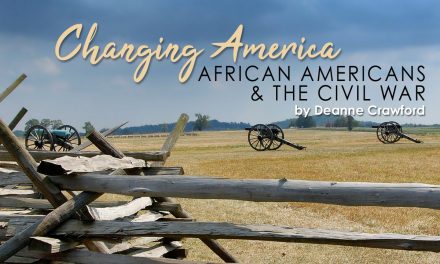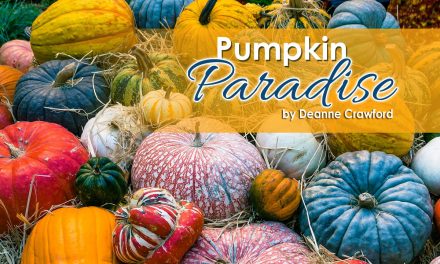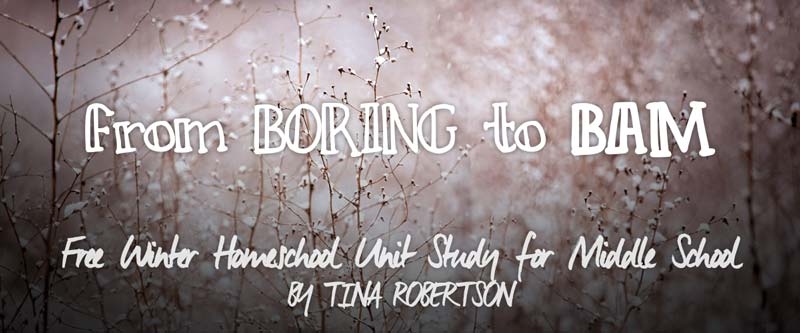Peering out my office window a few days ago, I watched the first robins of the year eagerly search for earthworms below the ground. Imagine my distress the next day when winter cruelly returned leaving 4 inches of new snow before departing for the East coast! Has your family ever had the same experience? Like me, have your children wondered how the robin finds food when their food source is suddenly below several inches of snow and frozen ground?
Welcome to this month’s study. Capitalizing on teachable moments is a gentle, yet effective way to inspire our children’s learning. Regardless of your location, signs of spring are evident with the arrival of our fine feathered friends. Often (mistakenly) considered the first sign of spring in the mid-west and eastern U.S., the American Robin is actually a hearty bird that can survive winter cold with an available food source. Ask your children what bird(s) they have seen in recent weeks that were not seen throughout the winter. If they are unsure of the birds they have spotted, Audubon’s Bird Migration Explorer provides an interactive experience with location maps, bird species and conservation challenges to offer a great visual guide for identifying migrating birds by region. If your child is not familiar with migration, this is a golden teaching moment. The Science Trek’s Bird Migration Video offers a clear explanation for children. Before soaring into our bird study, spend a few minutes reviewing common bird characteristics using any available science text. If one is not readily available the Holt Life Science sample will be helpful.
The study of birds (ornithology) lends itself naturally to the creation of a nature notebook. Families have different ideas for what makes a great nature book, but for my family, we kept it simple. Using 3 ring binders, white copy paper, lined notebook paper, colored pencils or markers and other readily available art supplies, our children were able to create a nature notebook as unique as their personalities. Encourage your children to create a bird notebook with vocabulary words, research worksheets/ projects, drawings (or digital photographs), poetry, or any other related activity. Here are some ideas to get you started.
Expand their bird notebook. If you need some ideas to get started, check out the Old Naturalist’s introduction to the nature notebook. Take time to look around this great webite which also includes some pdf worksheets kids can fill out for their notebooks. Ask them to begin by drawing an image of the bird. Young children may enjoy cutting and pasting a bird photograph from a magazine or the internet. Encourage any age to learn all they can about their bird. Some questions to consider include: Does their bird migrate? If yes, where does it spend the winter? What sound does the bird make? Describe -common and uncommon bird traits. Older children may find the Cornell Lab of Ornithology website helpful for research.
Once children feel comfortable with bird research, take it to the next level. If possible, hang a bird feeder in your yard to attract birds for study. Feeders abound in your local store or better–make your own. Many of us have heard of the pine-cone feeder, which is a simple option for younger children, but DIY bird feeders are available using a variety of media. Once birds flock to your feeder, allow your children time to quietly sit and observe the variety of birds. Weather and wiggle permitting, sit quietly outdoors for this activity.
Encourage children to engage their senses to observe the activity at their bird feeder:
- What do they see? Are there differences in the coloring and size of the birds at the feeder? Do they notice birds that look alike but different in color and shading (male/female?)
Read about vibrant, male birds at A Moment of Science. - What sounds do they hear? Do they hear any differences in the calls of the birds? Hear an unfamiliar bird sound? Become familiar with various bird voices at BirdLanguage.com.
- What does the air smell like? Are floral scents evident? Birds are drawn to various, native flowering plants. Add a more realistic habitat and plant native plants in your yard. This will provide birds, insects and other wildlife a natural home as well as memorable science lessons for your family.
Ask them to sketch one of the birds they see. You may wish to capture a photo for younger children to follow or paste in their notebook. We have created a simple bird page as a template if you like. While children may naturally select a bird they are familiar with, encourage them to select a less familiar bird. Bird Guides are vital for bird studies or download the Cornell Lab Merlin Bird ID app, an exceptional resource to help identify unknown birds.
It is my hope that this short study has inspired your family toward adventures in bird watching. Opportunities abound to build on the foundations presented in this study. Learn to safely observe nests and eggs at Nest Watching. Children of all ages will enjoy watching the Live Bald Eagle cam. Introduce children to John James Audubon and his breath-taking Birds of America. Families with an artistic bent will enjoy imitating Mr. Audubon’s art for their journals. When it comes to nature or unit studies, the sky is the limit! Go-forth, create and learn!
~Deanne





